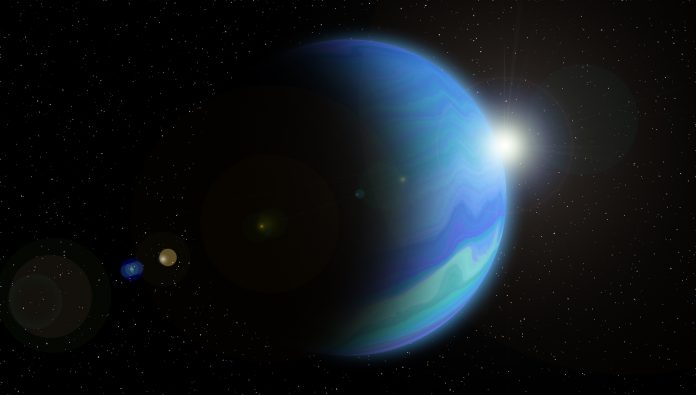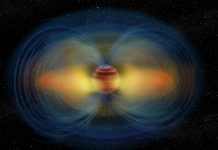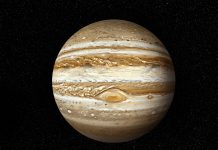Astronomers have discovered a connection between the changing cloud levels on Neptune and the 11-year solar cycle, during which the Sun’s fluctuating magnetic fields influence solar events
This discovery is based on thirty years of findings using NASA’s Hubble Space Telescope, the W. M. Keck Observatory in Hawaii, and data from California’s Lick Observatory.
The link between Neptune and solar activity is unexpected for planetary scientists despite being the fastest planet in our solar system and only receiving 0.1% of Earth’s sunlight intensity.
Neptune’s global cloudy weather appears to be influenced by solar activity rather than the planet’s four seasons, each lasting approximately 40 years.
Neptune’s cloud coverage on the decline
Currently, Neptune has very little cloud coverage, except for a few clouds hovering over its south pole. A team of astronomers led by the University of California (UC) Berkeley discovered that the usual cloudiness at Neptune’s middle latitudes began to decrease in 2019.
“I was surprised by how quickly clouds disappeared on Neptune,” said Imke de Pater, emeritus professor of astronomy at UC Berkeley and senior author of the study.
“We essentially saw cloud activity drop within a few months,”
Studying Neptune
To monitor Neptune’s appearance changes over time, Chavez and her team studied images from the Keck Observatory captured between 2002 and 2022, along with archived observations from the Hubble Space Telescope dating back to 1994 and data from the Lick Observatory in California from 2018 to 2019. The images reveal a fascinating correlation between Neptune’s cloud cover shifts throughout the seasons and the solar cycle.
The solar cycle is 11 years, during which the Sun’s magnetic field undergoes a flip.
The solar cycle is 11 years, during which the Sun’s magnetic field undergoes a flip. This change is apparent through the rise in sunspots and heightened solar flare activity.
As the cycle progresses, the Sun’s tempestuous behaviour builds to a maximum until the magnetic field beaks down and reverses polarity. Afterwards, the Sun calms down to a minimum phase, marking the start of a new cycle. During turbulence, the solar system experiences heightened levels of ultraviolet (UV) radiation.
A deeper understanding of Neptune
The team found that two years after the solar cycle’s peak, an increasing number of clouds appeared on Neptune. The team further established a direct relationship between the cloud count and the planet’s luminosity, which results from sunlight reflecting off its surface.
By studying 29 years of cloud activity over 2.5 solar cycles, scientists discovered how the solar cycle affects Neptune’s clouds.
During this time, Neptune’s brightness increased in 2002, dimmed in 2007, brightened in 2015, and hit its lowest point in 2020, coinciding with fewer clouds.
Change in Neptune’s brightness linked to the Sun
The change in Neptune’s brightness linked to the Sun synced the appearance and disappearance of clouds. But there’s a two-year delay between the peak of the solar cycle and cloud abundance on Neptune.
There is still research to be done, and continued observations of Neptune are also needed to see how long the current near-absence of clouds will last. However, the combined data will help deepen the understanding of Neptune.
Editor's Recommended Articles
-
Must Read >> Scientists measure natural brightness of night sky
-
Must Read >> Why doesn’t Jupiter have bigger rings?















